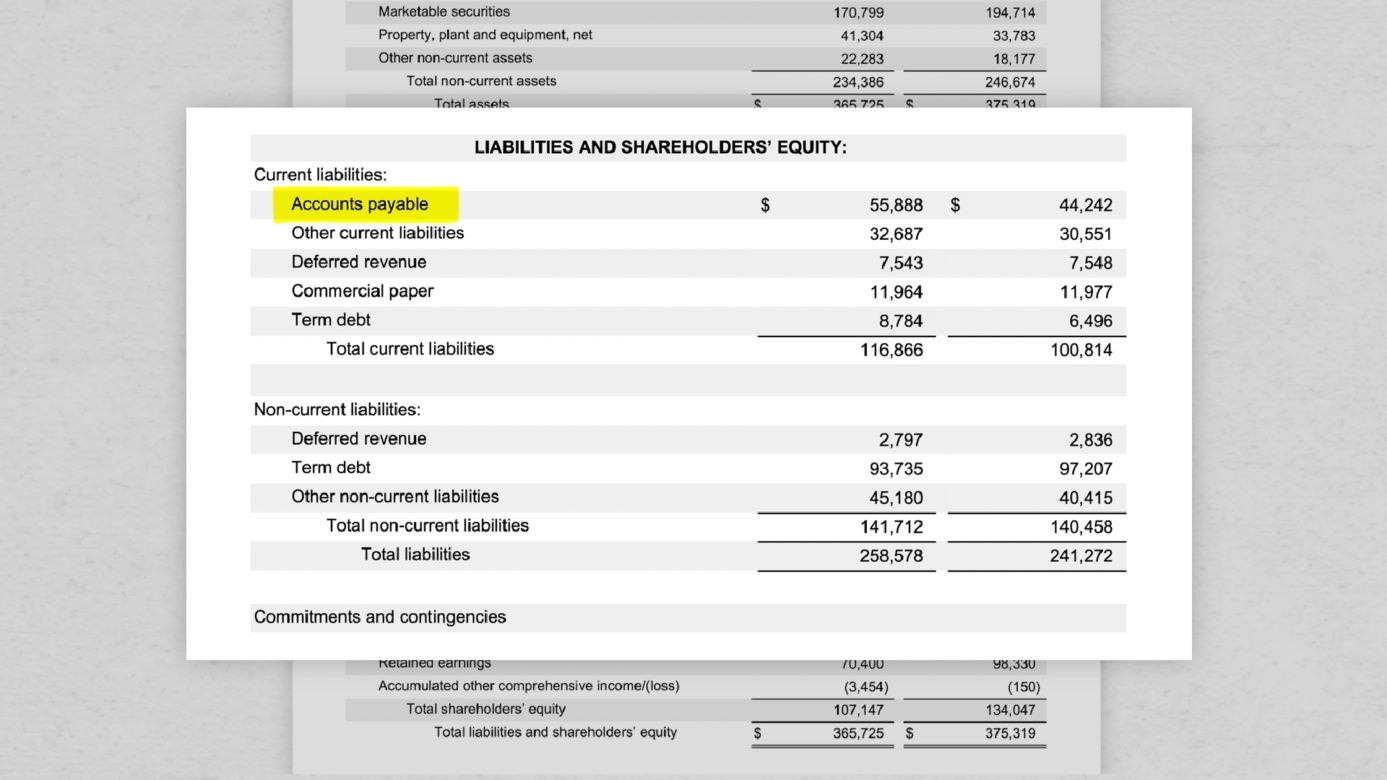

Finance
Ultimate Mortality Table Definition
Published: February 12, 2024
Learn the definition of ultimate mortality table and its significance in finance. Understand how it helps in calculating life insurance premiums and managing risk.
(Many of the links in this article redirect to a specific reviewed product. Your purchase of these products through affiliate links helps to generate commission for LiveWell, at no extra cost. Learn more)
Unlocking the Mystery of Ultimate Mortality Table
Growing your wealth, investing wisely, and planning for the future are essential aspects of any comprehensive financial strategy. One important tool that financial professionals use to assess risk and make informed decisions is the ultimate mortality table. But what exactly is an ultimate mortality table, and why is it crucial in the world of finance? In this blog post, we will dive deep into the concept, providing you with a clear understanding of its definition and significance.
Key Takeaways:
- An ultimate mortality table is a statistical tool used in the field of finance to estimate a person’s lifespan based on certain variables such as age, gender, and health.
- Financial institutions and insurance companies rely on these tables to calculate premiums, annuity payments, and other financial risk assessments.
Understanding Ultimate Mortality Table
At its core, an ultimate mortality table is a statistical representation of mortality rates within a given population over a specific period. It provides detailed information about the likelihood of an individual’s death based on different variables such as age, sex, and health conditions. These tables are created by gathering historical data and analyzing it to determine the probability of death at different ages.
Financial institutions, such as insurance companies and pension funds, heavily rely on ultimate mortality tables to evaluate and manage their risks accurately. These tables help them calculate the premiums they charge, the payout amounts of annuities, and other critical financial assessments. By using this data, insurers can estimate the amount of money they need to set aside to cover future claims.
Moreover, the ultimate mortality table helps insurers make informed decisions when determining policy rates. It allows them to differentiate between individuals based on specific factors that may affect their life expectancy. For instance, it is common to see different rates for males and females due to differences in mortality rates between the two genders.
Ultimately, having an accurate ultimate mortality table is crucial for both financial institutions and individuals. For financial professionals, it provides a foundation for risk assessment, ensuring that appropriate measures are in place to cover potential liabilities. For individuals, understanding how these tables work can help them make informed decisions about purchasing life insurance, annuities, or planning for their retirement.
The Significance of Ultimate Mortality Table
Now that we have a good idea of what an ultimate mortality table is, let’s explore its significance in the world of finance:
- Assessing risk: Insurance companies and pension funds use ultimate mortality tables to evaluate the likelihood of potential claims and calculate appropriate reserves. By accurately assessing risk, these institutions can ensure they are adequately prepared to meet their financial obligations.
- Planning for retirement: Individuals who are planning for retirement can use ultimate mortality tables to estimate their life expectancy. This information can help them determine how much they need to save, how long their savings will last, and make informed decisions about their financial future.
Understanding the ultimate mortality table is an essential aspect of financial literacy. By comprehending its definition and significance, you can navigate the complex world of finance more confidently and make informed decisions about your financial well-being. Whether you are an investor, an insurance policyholder, or someone planning for retirement, the ultimate mortality table plays a crucial role in securing your financial future.














